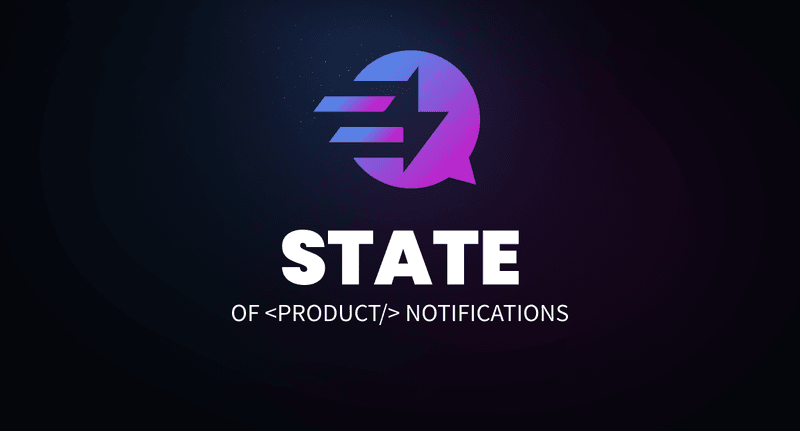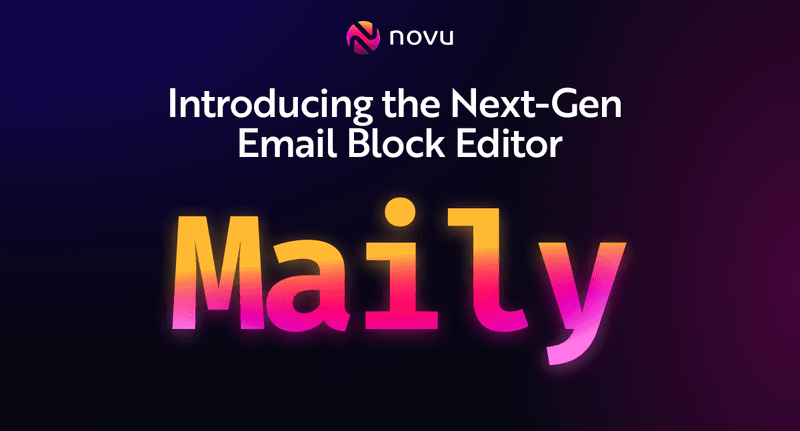EP1: Aws Cost Optimization
The ability to distribute software to end-users quickly and dynamically is a core promise of cloud computing. Amazon Web Services (AWS) is a key participant in the cloud computing sector. The cloud is brimming with resources that may be exploited to meet your apps' urgent needs. However, if you're not cautious, the cost of using these resources might soon mount. There are numerous things you can do to optimise the infrastructure that supports your apps, whether you're new to Amazon Web Services (AWS) or have been a cloud-native from the beginning.

Getting Started
Check the pricing of AWS services before making a decision on how to save money. Customers may utilise the AWS Free Tier to try out AWS services for free, up to a specified limit per service, in order to determine whether or not they are a good fit.
AWS’s ability to customise both services and costs is a huge plus. In this way, you may better track your expenses and minimise them without compromising the service’s functioning or capacity. It’s like any other cost-cutting method. The only way to fully understand how services are utilised and paid for is to optimise costs, discover savings opportunities, and then modify procedures. Extra tactical approaches may lower AWS costs while maintaining firm operations.
Consider the pricing first. AWS Cost Explorer makes AWS pricing easy. With this tool, you may examine and compare your current AWS services, as well as their rates. Using Monthly costs by linked account data, discover and terminate the accounts with the highest monthly charges. You may then utilise the Monthly costs by service report to pinpoint the culprits. Consider employing hourly and resource level granularity, as well as tags, to save costs.
Autoscale Amazon EC2
Get a report on EC2 instances that are either idle or have low usage by using the AWS Cost Explorer Resource Optimization feature of the service. You may save money by either terminating or reducing the instances in question. Stopping instances automatically may be accomplished with the use of AWS Instance Scheduler. Automate the resizing of the EC2 instances with the help of AWS Operations Conductor (based on the recommendations report from Cost Explorer).
When you set up a 16 GiB RAM EC2 instance, you pay for the whole amount, not just what you use. Reduce provisioning on these instances, since over-provisioned instances are one of the most expensive parts of AWS bills.
Use AWS Cost Explorer Resource Optimization to find out if EC2 instances are idle or not being used enough. When these things stop or happen less often, money is saved. You can also use the AWS Instance Scheduler to automatically stop instances or the AWS Operations Conductor to automatically change the size of instances.
The AWS Compute Optimizer also suggests shrinking instance families and instances in an auto-scaling group. You can use this auto-scaling feature to change how big your DynamoDB table is. You can also use the “on-demand” option to get cheaper pay-per-request services that work well.
With EC2 auto-scaling, spot instances can be launched to reach the capacity goal. Spot instances can save you up to 90% on costs for fault-tolerant applications like web servers, big data, and CI/CD. Even if one of your Spot instances goes down, autoscaling will keep the target capacity by automatically requesting more instances.
With the EC2 autoscaling group, you can grow or shrink the EC2 fleet based on demand, and you can keep an eye on scaling from the interface. You can look at the reports to see if the scaling policy can be made better and if the minimum can be lowered to save money.
Upgrade EC2 Instances
On a regular basis, Amazon Web Services (AWS) releases new generations of instance types, each with enhanced performance, capability, and economics. It is more cost effective to upgrade all instances to the most recent generation and to ensure that there are no instances that are operating below expectations.
However, this alone will not result in large savings. Existing instances of prior generations must be shrunk to a more manageable size. As a result, you are able to save money while still receiving the same level of performance.
If your workload is fault-tolerant, spot instances may save you up to 90 percent on your computing costs. Workload examples include big data, containerized workloads, continuous integration and delivery (CI/CD), web servers, high-performance computing (HPC), and various test and development workloads. If you want to meet a capacity objective, you may use EC2 Auto Scaling to launch On-Demand and Spot instances simultaneously. The Auto Scaling feature responds to Spot instance requests automatically and attempts to maintain target capacity even if your Spot instances are not running.
Remove Unused EBS Volumes
When an EC2 instance is started, EBS (Elastic Bean Stalk) volume acts as local block storage. Over a seven-day period, EBS volumes with minimal activity (less than one IOPS) are most likely not being used. The EBS volumes will alter significantly over time if you don’t delete them after shutting down the instances. You will still be charged even if you don’t use them. This might lead to thousands of EBS volumes that are not linked, which could greatly raise your costs.
Use the Trusted Advisor Amazon EBS Volumes Check to discover underutilised volumes. After taking a picture of the volume for future reference, you may then delete the volumes to save money on storage space. Amazon Data Lifecycle Manager allows you to automate snapshot creation.
When starting an instance via the AWS interface, be sure to choose the option to automatically destroy the EBS volume after the end of the instance. This means you won’t have to pay for EBS volumes that aren’t linked, therefore lowering your overall costs.
Switch S3 Storage Tiers
Amazon Web Services offers many storage capacity levels (AWS). Each tier has a different fee structure based on the frequency of data access. For some businesses, S3 storage is the only option for storing all of their data. This might result in extra costs.
Using S3 Analytics, examine the storage access patterns of the object data set for at least 30 days. You might save money by utilising S3 Infrequently Accessed. You may automatically move these assets to a lower-cost storage tier using Life Cycle Policies. You may also utilise S3 Intelligent-Tiering, which analyses your items and transfers them to the appropriate storage tier.
You might save money by moving seldom less frequently data to lower layers. This strategy simplifies data storage and backup in the long run. Although S3 Glacier may archive data, Infrequent Access Storage is ideal for disaster recovery. It is possible to minimise AWS costs without losing performance.
Reduce Database Clusters
Use the Amazon RDS idle DB instances check provided by the Trusted Advisor to discover DB instances that have not been connected to the internet in the preceding seven days and terminate them. Shutting down these DB instances using the automated steps explained in this blog article will save you money in the long run.
Using the Trusted Advisor Underutilized Redshift clusters check for Redshift, you can determine if clusters have had no connections for the last 7 days and have had less than 5 percent cluster wide average CPU utilisation for 99 percent of the preceding 7 days. By following the techniques outlined in this post, you will be able to suspend these clusters and save money.
In CloudWatch, keep an eye on the following two metrics to observe how DynamoDB is being used: ConsumedReadCapacityUnits and ConsumedWriteCapacityUnits are two different types of capacity units. Using the AutoScaling function, you may have your DynamoDB table grow and decrease on its own without your intervention. Implement AutoScaling for your existing tables by following the steps outlined below. You may also choose for the on-demand service option. With this option, you may pay for each read or write request you make, allowing you to only pay for what you really use. It becomes much easier to find a reasonable balance between price and performance as a result.
Remove Idle Load Balancers
In charge of the Trusted Advisor During the past few days, a review of idle load balancers may find RequestCounts of fewer than 100, which should be investigated further. Conserve your money by using these load balancer removal procedures. You can utilise Cost Explorer to explore the expenses associated with your data transmission.
Instead, you should use Amazon CloudFront if the cost of delivering data from Amazon EC2 to the public internet is too high. Amazon CloudFront Content Delivery Network (CDN) allows you to cache any image, video, or static online content at AWS edge locations across the globe, allowing you to scale your business. CloudFront avoids the need to over-provision capacity in anticipation of traffic surges by using the cloud-based architecture.
Remove Unattached IP Addresses
Elastic IP addresses make advantage of the most odd and unconventional pricing mechanism available on the market, which is public IPv4 addresses from the pool of Amazon IP addresses. They provide services for free while a connection is established, but if an instance is ended, you must pay for them, despite the fact that the IP addresses have become inactive. The cost of monitoring using AWS System Manager or AWS Console rose as a result of the disconnected Elastic IP addresses being used.
Schedule Your Resource Uptime
Another way is to schedule on/off intervals for instances that are not in production. Develop, test, and stage are all steps in the process of creating something new. Setting a schedule for when these services will be used might help you save a significant amount of money. They should also be turned off when not in use in order to save energy. You must adhere to a strict on-and-off schedule, particularly during the development phase, in order to avoid unpredictable use patterns.
It enables you to save money on non-production assets because of the 65 percent margin. Following a period of becoming familiar with the needs, you are allowed to set tough deadlines for yourself. If you anticipate that events may occur on or off schedule, it is a good idea to prepare for them.
Optimize Lambda Functions
Check to see how effectively your Lambda function is doing. According to the amount of memory that has been allocated, Lambda distributes the CPU power into segments. The AWS CloudWatch logs provide information about the amount of RAM that was consumed for each call.
Determine if your function is constrained by the CPU or by the available memory. There are a plethora of benchmarking tools available on GitHub that may be used to locate it. Reduce the size and complexity of your deployment packages by as much as possible.
Preserving as much simplicity and compactness in your deployment package as feasible can reduce the amount of time it takes to be downloaded.
Consider using a framework that is straightforward and easy to load.
Leverage AWS Marketplace
Occasionally, businesses acquire reserved instances that they do not utilise but must still pay for. To increase sales, the price would be reduced, allowing you to purchase more for less. AWS Marketplace is a goldmine if you need to swiftly dispose of instances and generate revenue from unneeded services.
There are various contract choices available on the AWS Marketplace. Service providers may let you to use their product for a shorter duration than the normal 12 or 36 months. To locate these instances on the Marketplace, you will need to expand your search. After making a purchase, you will be able to alter your settings.
In addition, the Amazon team will review and approve every product on AWS Marketplace, ensuring the integrity of your products. Also, the billing procedure is simple and quick, making the transaction more enjoyable and saving you both time and money. Lastly, the AWS Marketplace allows prospective purchasers to sample the instance for free prior to making a purchase decision.
Conclusion
Cost-cutting best practises for Amazon Web Services (AWS) are a ever-evolving endeavour. Delete, terminate, or release zombie assets in your AWS Cloud on a regular basis to save expenses and discover resources that are underutilised (or not used at all) in your environment. Additionally, Reserved Instances must be closely monitored to ensure that they are being used to their maximum potential.
By building a Cloud Financial Management practise, it may be possible to make the adoption of a cost-optimization approach more straightforward. Cloud Financial Management (CFM), also known as FinOps or Cloud Cost Management, is a function that assists in aligning and setting financial goals, promoting a cost-conscious culture, and establishing restrictions in order to achieve financial targets in the cloud.



